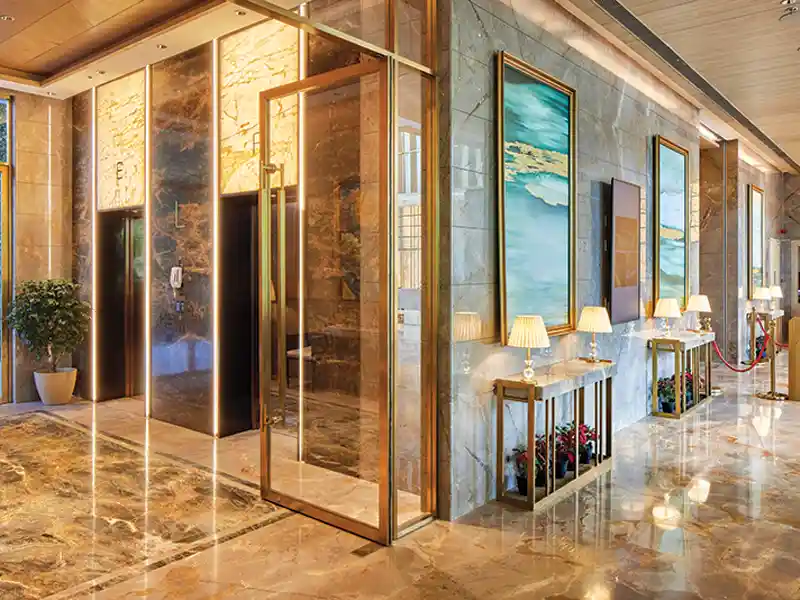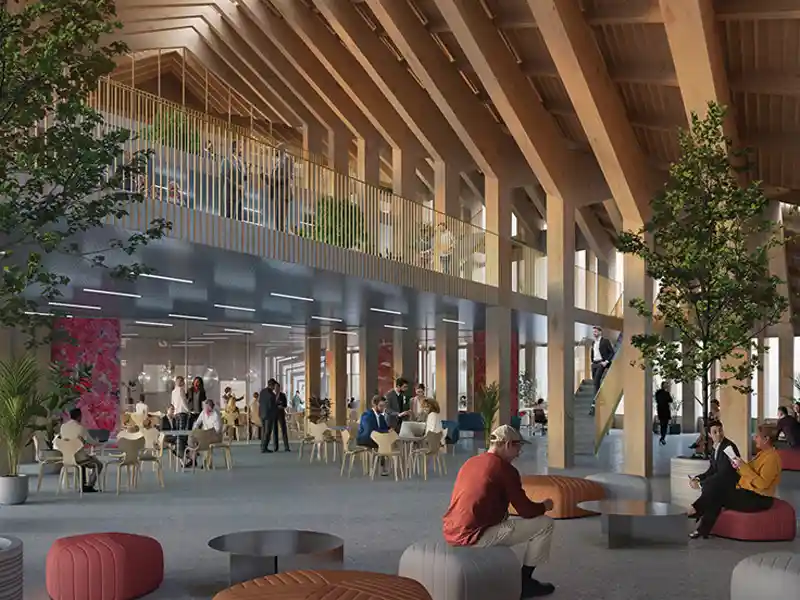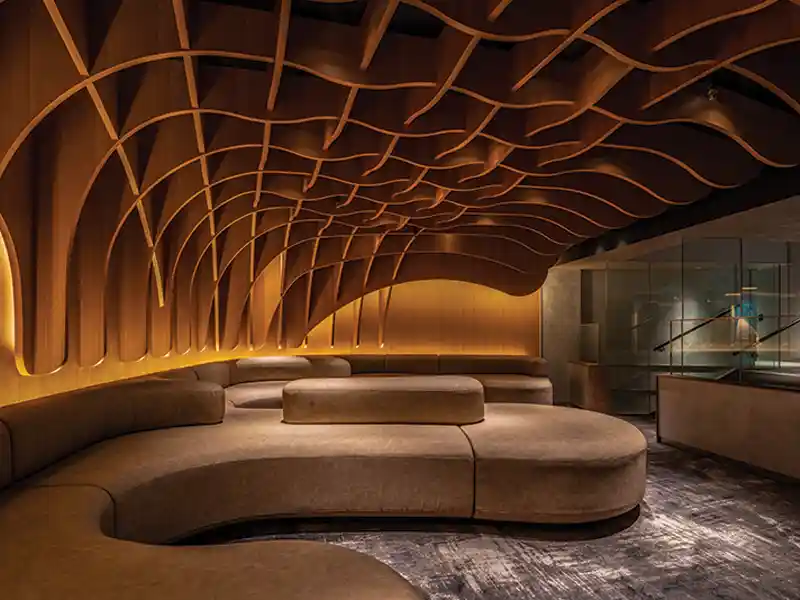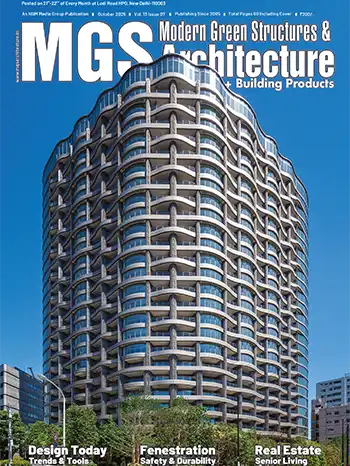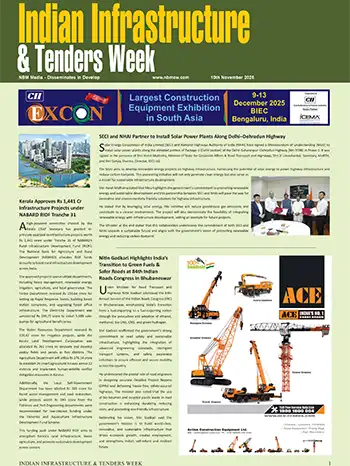
Over the course of the pandemic, the dynamics of urban life have had to be reimagined. As a result, we’ve seen conventional ways of living and socializing transformed drastically over a period of a few years.
Among the many lessons the pandemic has taught us, the most significant one is the realization of the difference between what we need and what we desire. It has brought to light the importance of being able to access essential services such as civic security, healthcare, education, community spaces, etc.
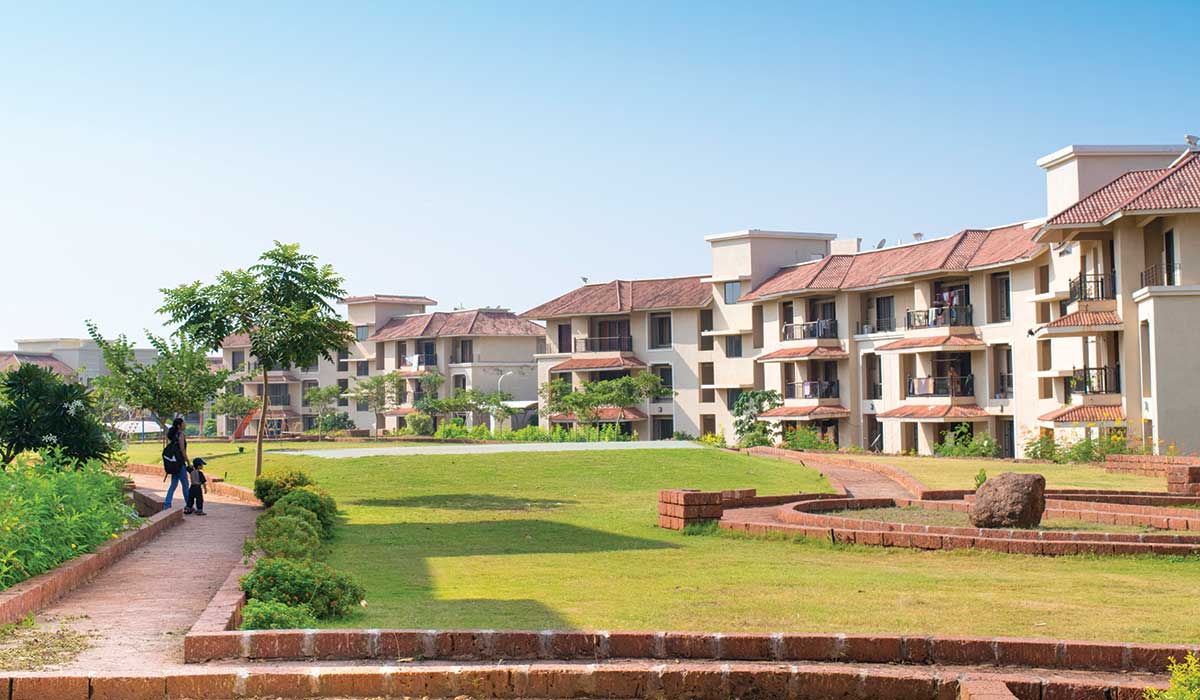
Sustainability and eco-conscious architecture are not trends; they are the necessary mandates that all architects should follow to conserve the future.
The first issue we may face post-pandemic is to revive our urban environment — creating diverse and interesting places to reside, thrive, and work. Additionally, after the pandemic, touch-less interventions to minimize germ transfer, prefabricated construction techniques and indoor-friendly space design have begun to be incorporated into designs. The focal element in creating an active and healthy urban environment is by increasing vitality through placemaking.
Use of natural materials that are locally available are not only environmentally friendly and sustainable but also reduce the cost of transportation, make projects more cost-effective, and reduce carbon footprints. And if used correctly, they generally have a long lifespan and are usually self-maintained.
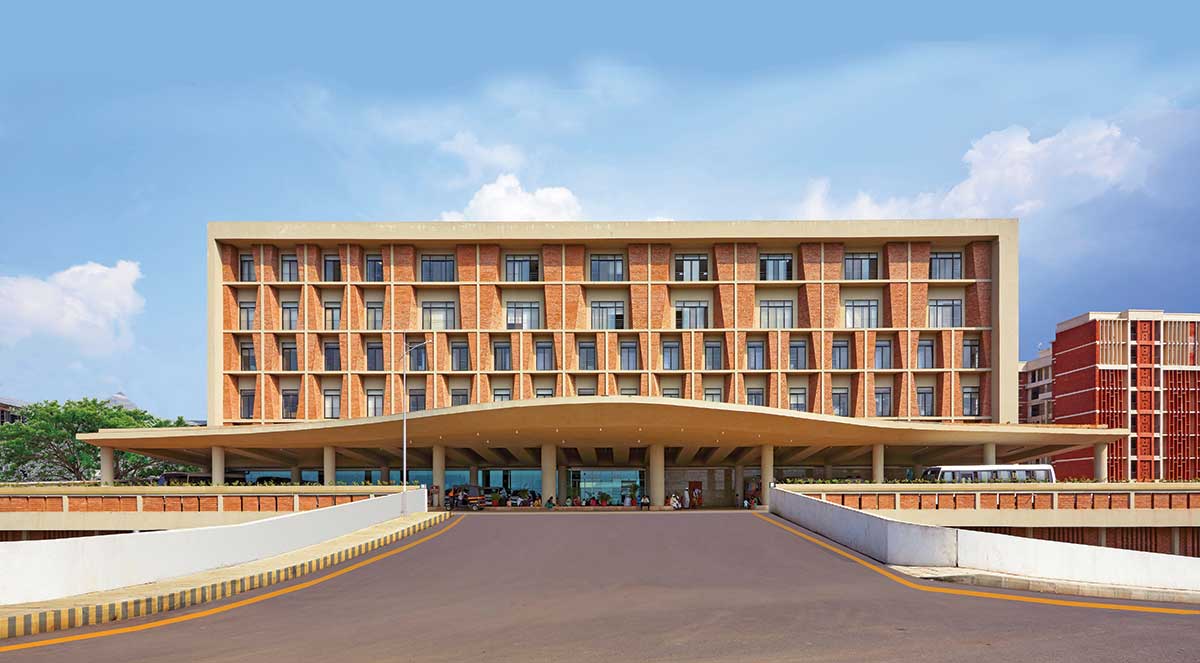
Following biophilic, sustainable, and net-zero energy practices is the need of the hour.
Sustainable buildings and design, and use of eco-friendly materials are at the forefront of the green revolution. Architects are incorporating technology and passive design to create intelligent structures that can predict and prepare for future issues. In fact, the architecture fraternity recognizes these new concepts and is incorporating them into their designs as they work towards an ecologically sustainable and resilient future.

